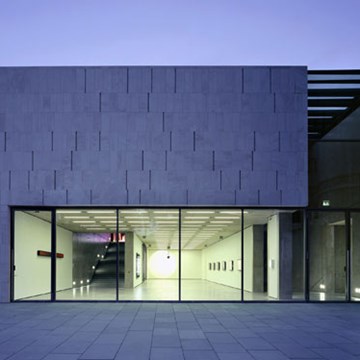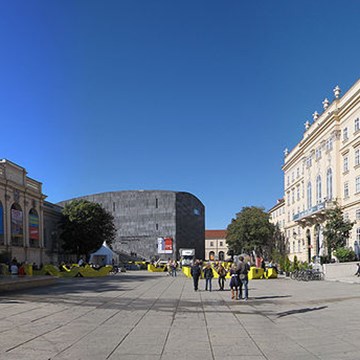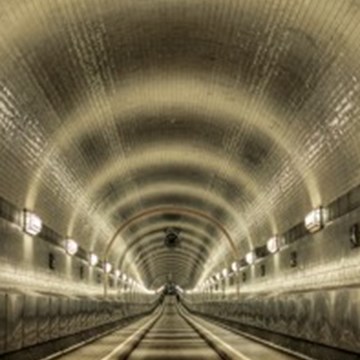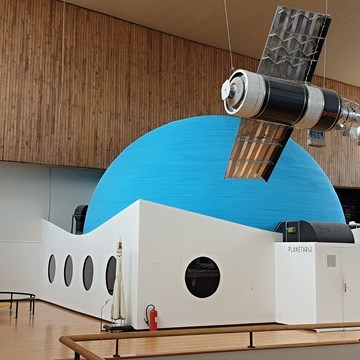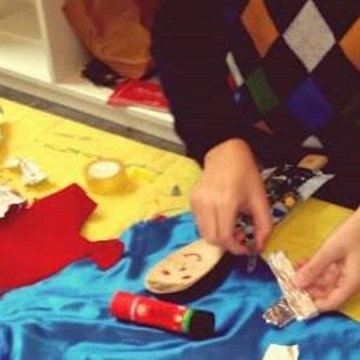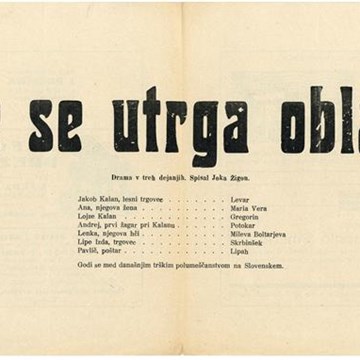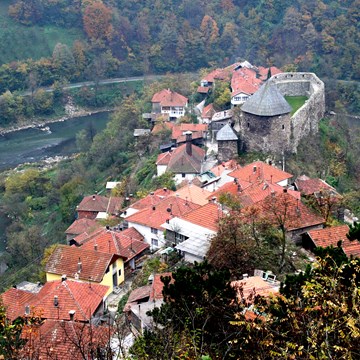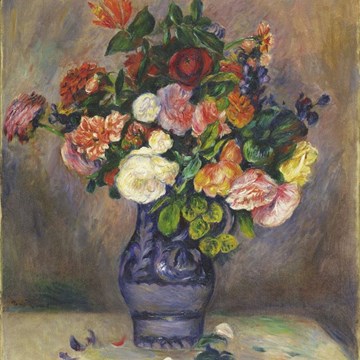Edinburgh Castle
Edinburgh Castle has dominated its surroundings with majesty for centuries. Today the castle continues to attract visitors to its rocky perch.
Edinburgh’s Castle rock has been a stronghold for over 3000 years.
Captivating visitors with its ancient buildings and marvellous views, it continues to spellbound with its wonderful story.
DIN EIDYN
Archaeologists have found evidence for human occupation of the Castle Rock reaching back to 900 BC, the late Bronze Age. During the Roman occupation of Scotland in the 1st and 2nd centuries AD, it was a thriving settlement. In those far-off days they called the place Din Eidyn, ‘the stronghold of Eidyn’. Then came the invading Angles, around AD 638, and ever since then the rock has been known by its English name - Edinburgh.
A ROYAL CASTLE
In the Middle Ages Edinburgh became Scotland’s chief royal castle - seat of royalty, headquarters of the sheriff of Edinburgh, military garrison and storehouse of the royal gun train, and repository of the nation’s crown jewels and state records.
Impressive buildings were constructed, including the 12th-century St Margaret’s Chapel, the oldest building in Edinburgh, David’s Tower, built for David II, Robert the Bruce’s son, in the 1370s, and the monumental great hall of James IV, opened in 1511. But the long and bitter Wars of Independence with the ‘auld enemy’, England, took their toll, and the castle endured siege upon siege; Edward I, Edward III and Henry VIII all did their utmost to batter down the walls.
In 1566 Mary Queen of Scots gave birth to James VI in the royal palace within the castle. The tiny bed-closet still survives, a room that has a special significance for Great Britain, for in 1603 James VI became also James I of England - the ‘Union of the Crowns’. The departure of the Scottish court for London saw much of the royal ‘glitter’ go from the castle. Thereafter the stronghold became little more than a garrison fortress and arsenal. The last sovereign to sleep there was Charles I in 1633, prior to his coronation as king of Scots.
NEW ROLES
The Jacobite siege of 1745, during which Bonnie Prince Charlie held court at Holyrood Palace but could not wrest the castle from the Hanoverian King George II, proved to be the last. Since that time, the ancient fortress has continued to serve as an active army base, but has since found new roles - as a major visitor attraction, as home of the Scottish National War Memorial and two proud Scottish regiments (the Royal Scots and the Royal Scots Dragoon Guards), and as host of the world-famous Edinburgh Military Tattoo.
In 1996 the Stone of Destiny, Scotland’s coronation stone, was placed in the Crown Room alongside the nation’s Crown Jewels (the Honours of Scotland), following its return from Westminster after a space of 800 years. In 1995 the Old and New Towns of Edinburgh were inscribed as a World Heritage Site, and the castle remains its most important building.
Text source
Photo source
Exhibitions and events
We don't have anything to show you here.
Educational programs
We don't have anything to show you here.
Collections
We don't have anything to show you here.



